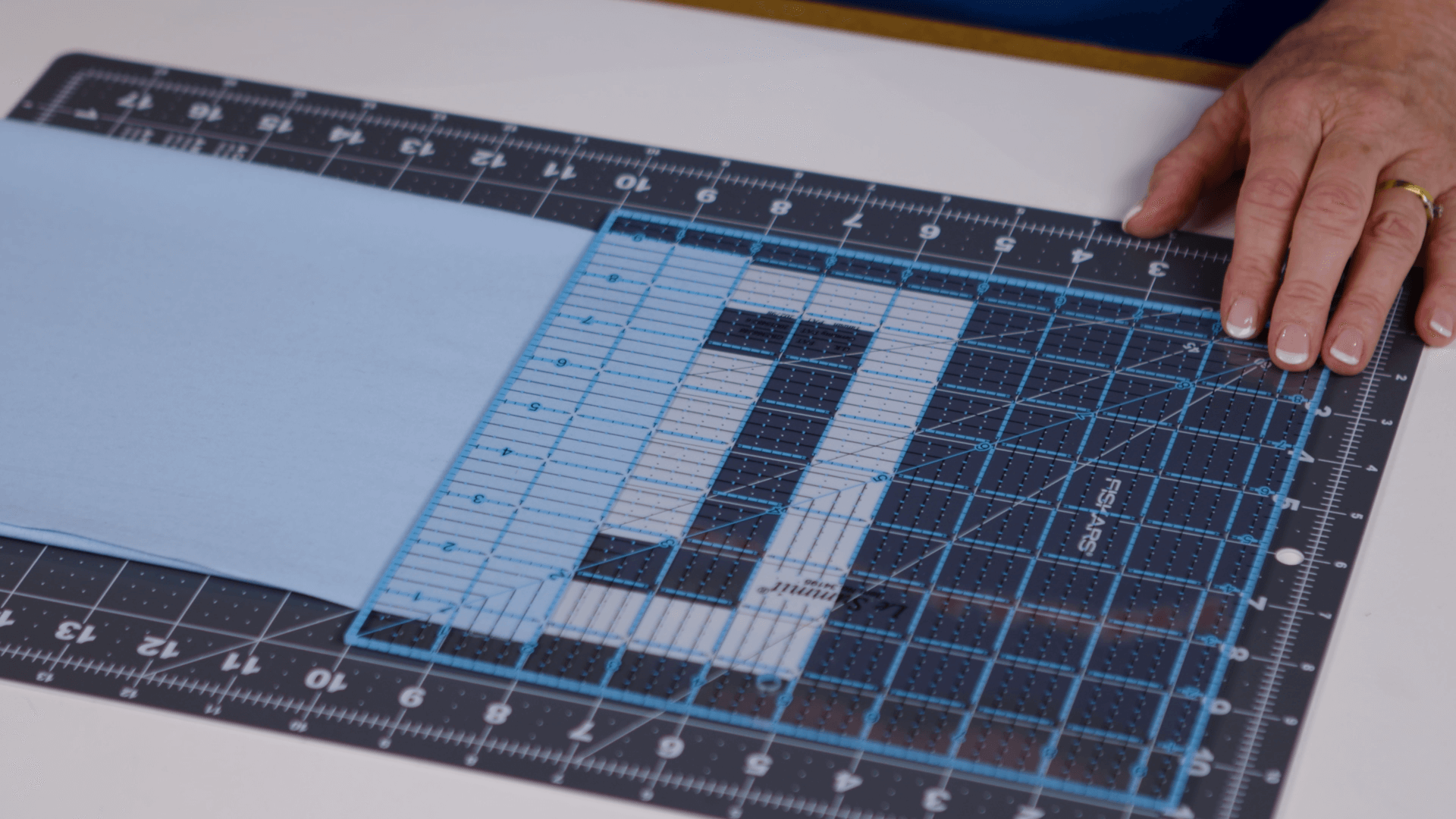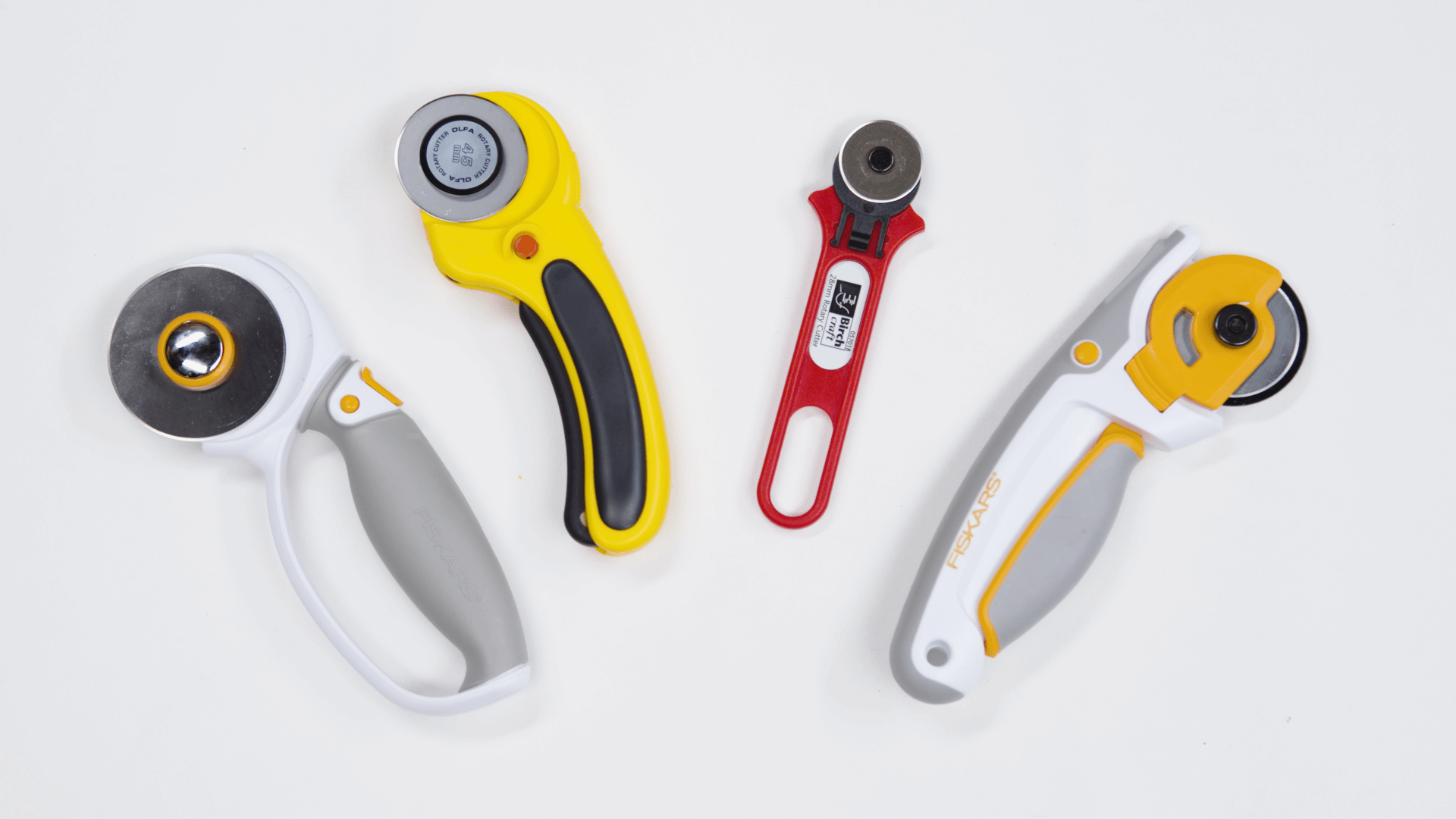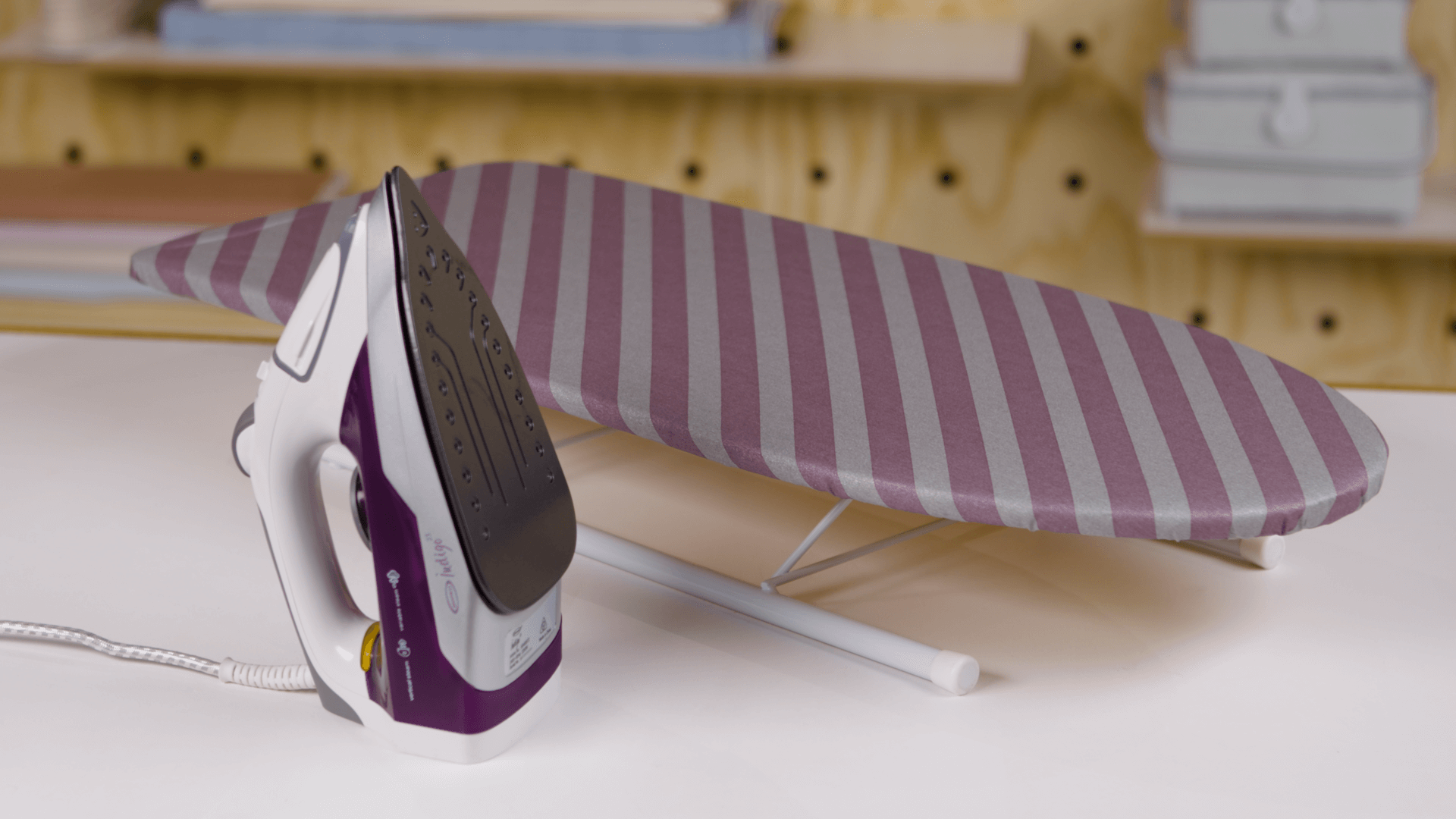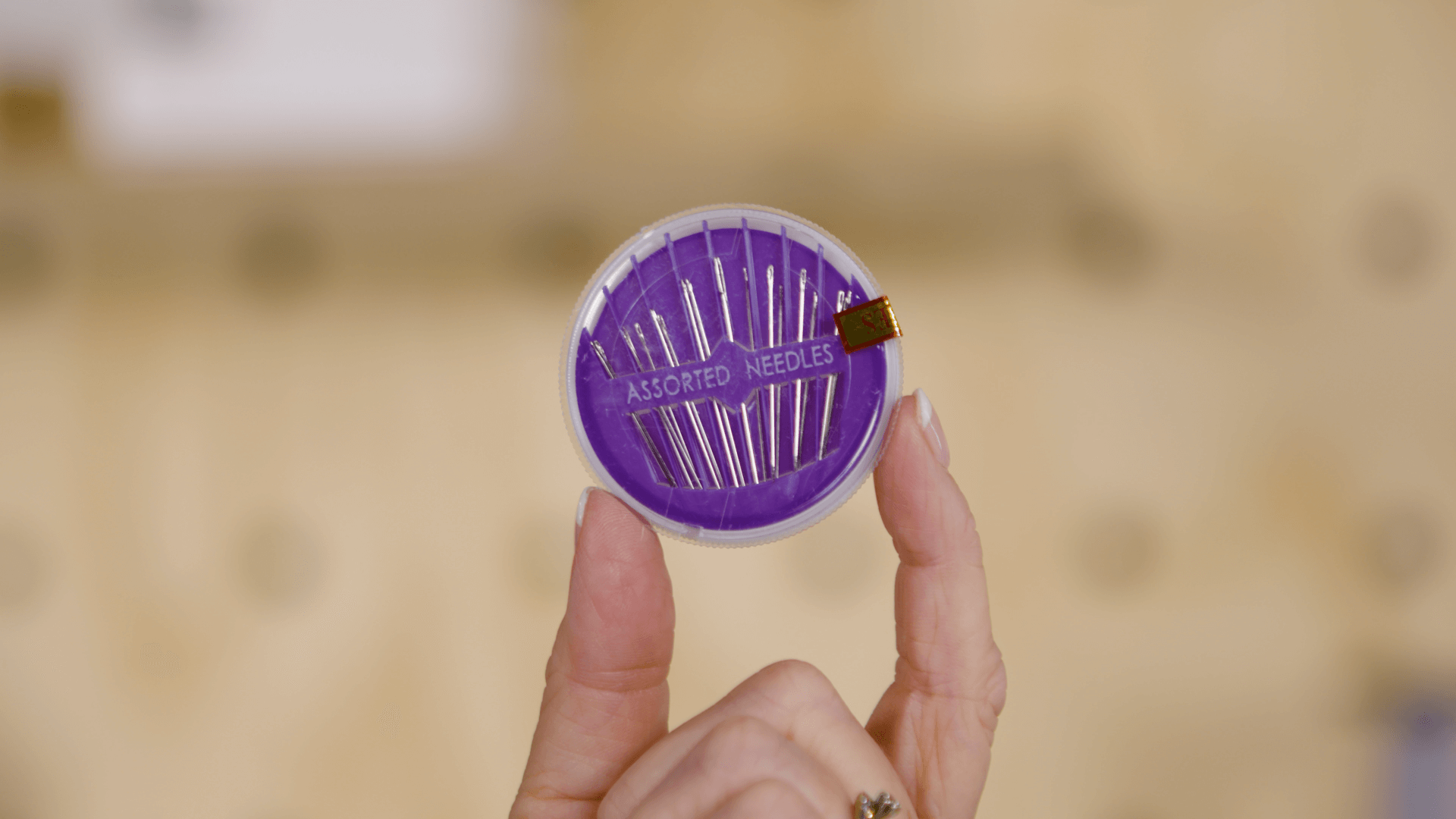 | ||
| Your browser is not supported. | ||
|
Please browse our site using any of the following options:
| ||
How to choose quilting tools?
Measuring
Quilting requires both large and small scale measuring. You'll be cutting small pieces to create your quilt blocks, as well as large ones for backing. For this reason you'll need a couple of different measuring tools.
Quilting Rulers
- Transparent rulers, with measurements marked across their surface creating a grid pattern.
- The ruler is laid on top of fabric, so that it can be cut accurately to size using a rotary cutter. The transparent material allows you to see the grain of the fabric, the angles of cuts you've already made, prints on the fabric, and other details.
- Most quilting rulers are rectangular or square, but triangular and hexagonal ones are also common, and can be very useful investments for serius quilters.
- The best quilting ruler for a beginner is a 6 x 24 inch, as it is the most versatile size and shape.
Tape Measure
- In addition to your quilting ruler it is handy to have a tape measure for large pieces such as quilt backs and batting, or finished quilt tops.
Marking implements
- When measuring pieces for cutting, you'll often need to mark them in some way.
- You can do this with one of many marking implements such as fabric pencil, erasable fabric marker, or similar.
- The type you choose is a matter of preference, but it should be something that is clearly visible on the type of fabric you are using, and that washes or fades out completely.
- It is worth testing the marking implement on a scrap of the fabric you are working with so that you can be confident it will wash out properly.

Cutting
Clean and straight edges are essential in quilting. Make sure you've got the right blades for each job.
Rotary Cutter
- A rotary cutter has a circular blade, and resembles a pizza cutter.
- These are used to create neat, sharp cuts in fabric.
- They should be used in conjunction with a cutting mat.
- We recommend starting with a 45mm cutter as it is a good all-purpose size.
- There are different grip styles available, so choose one that feels most comfortable to you.
Cutting Mat
- Use of a rotary cutter requires a cutting mat, so that the blade doesn't damage the work surface (and vice versa).
- Use a self-healing cutting mat. You can cut on it for years before it needs to be replaced.
- Cutting mats come in a wide variety of sizes, so choose one that fits your workspace.
Fabric Scissors
- Fabric scissors should be kept only for fabric so they stay both sharp and clean.
- Choose a large and a small pair so you are set up for working on any scale.
Craft Scissors
- Craft scissors are for all non-fabric cutting jobs, such as cutting paper for paper piecing.
Snips
- These small scissors are handy for cutting loose threads, thread ends, and any other bits and pieces that need neatening or trimming.
Seam Ripper
- Also known as a quick unpick.
- These are essential for unpicking mistakes quickly and efficiently.
- They also make it easier to remove basting and other temporary stitches.

Pressing
Iron
- For pressing seams as well as removing wrinkles and creases in fabric.
- Also important for applying heat activated batting and interfacing.
- Your household iron is all you need, though some quilters like to have a separate iron in their workspace.
Pressing Cloth
- A piece of 100% cotton fabric to place between your iron and your fabric as you work.
- This prevents the iron from damaging or marking the fabric.

Sewing
There are three stages to sewing a quilt:
- Piecing - This is the part most people think of first, and it involves taking the pieces of fabric that form the top of the quilt, and sewing them together. This can be done by hand or with a sewing machine.
- Quilting - This is the process by which the top, batting, and back are sewn together to create the quilt. Quilting can be simple or ornate, and done with a machine or by hand.
- Binding - Once trimmed to be flush with each other, the raw edges of the quilt top, batting, and back are enclosed in bias binding which is sewn in place to finish the quilt neatly.
Apart from the sewing machine, a range of tools are required for these processes.
1/4 inch Machine Foot
- The standard seam allowance in quilting is 1/4 inches.
- A 1/4 inch foot makes machine piecing both faster and more accurate because it has a guide that controls the width of your seam as you feed the fabric through the machine.
Pins
- Pins are most commonly used to hold pieces of fabric together as you measure and sew.
- They can also used to pin templates to fabric for cutting.
- Pins are also useful for temporarily marking places on fabric.
Quilter's Safety Pins
- These are like regular safety pins, but they have a curved shape.
- They're used to temporarily hold the top, batting, and backing together during the quilting process.
- Their curved shape makes it easier to push the pin down through the layers and then come back up again to secure it.
Binding Clips
- Small clips that hold the binding in place while finishing a quilt.
'Betweens' Needles
- Betweens needles are used for hand quilting.
- They are comparatively short, with a small eye, so they are ideal for making fine stitches.

Want to look at more Sewing & Quilting options?
Check out Spotlight's range of sewing & fabric ideas online, visit your local store or contact one of our experts for assistance.




